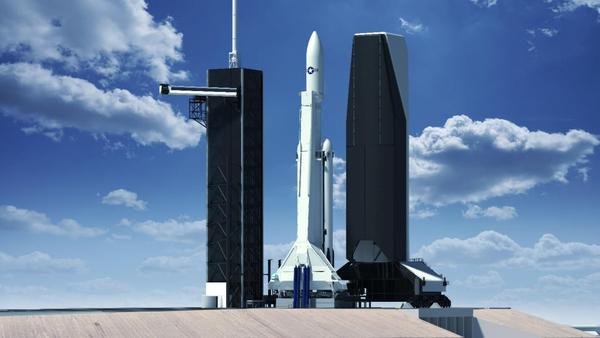In case you missed it, the SpaceX Dragon Endeavour spacecraft with NASA Astronauts Robert Behnken and Douglas Hurley on board undocked from the International Space Station at 7:35 p.m. EDT.
Watch NASA TV for continuous coverage as the spacecraft proceeds toward splashdown off the coast of Florida, Sunday, Aug. 2 at 2:48 p.m. EDT: www.nasa.gov/live
